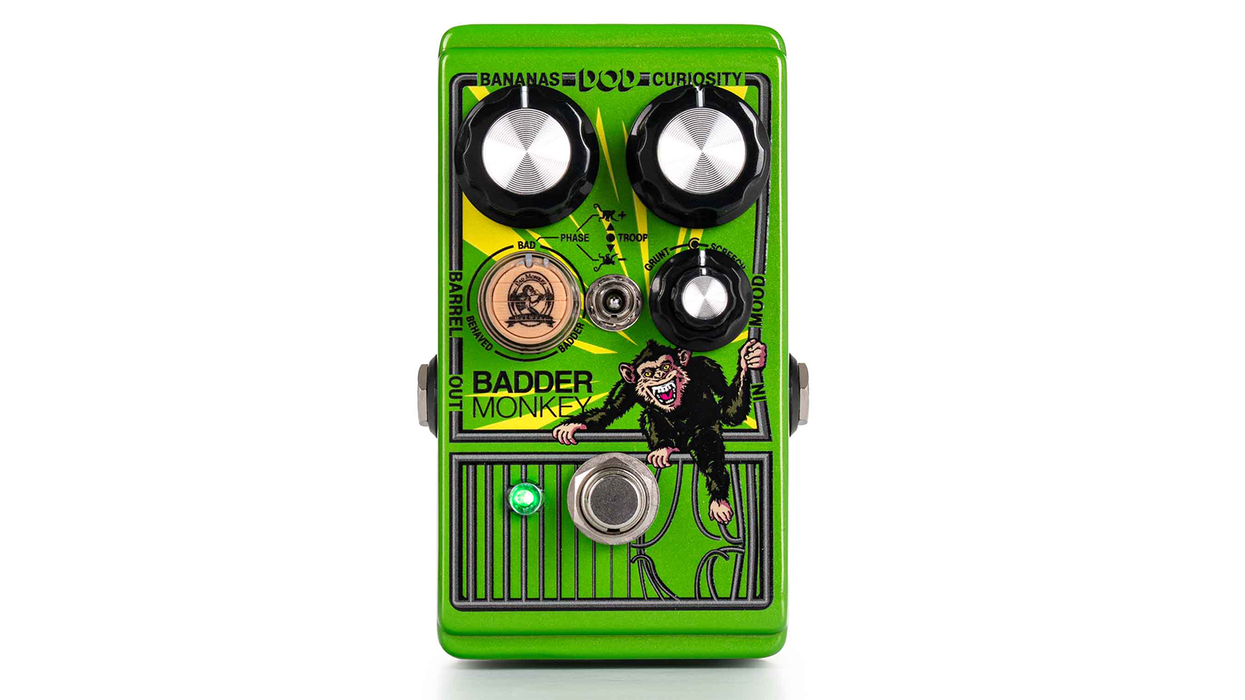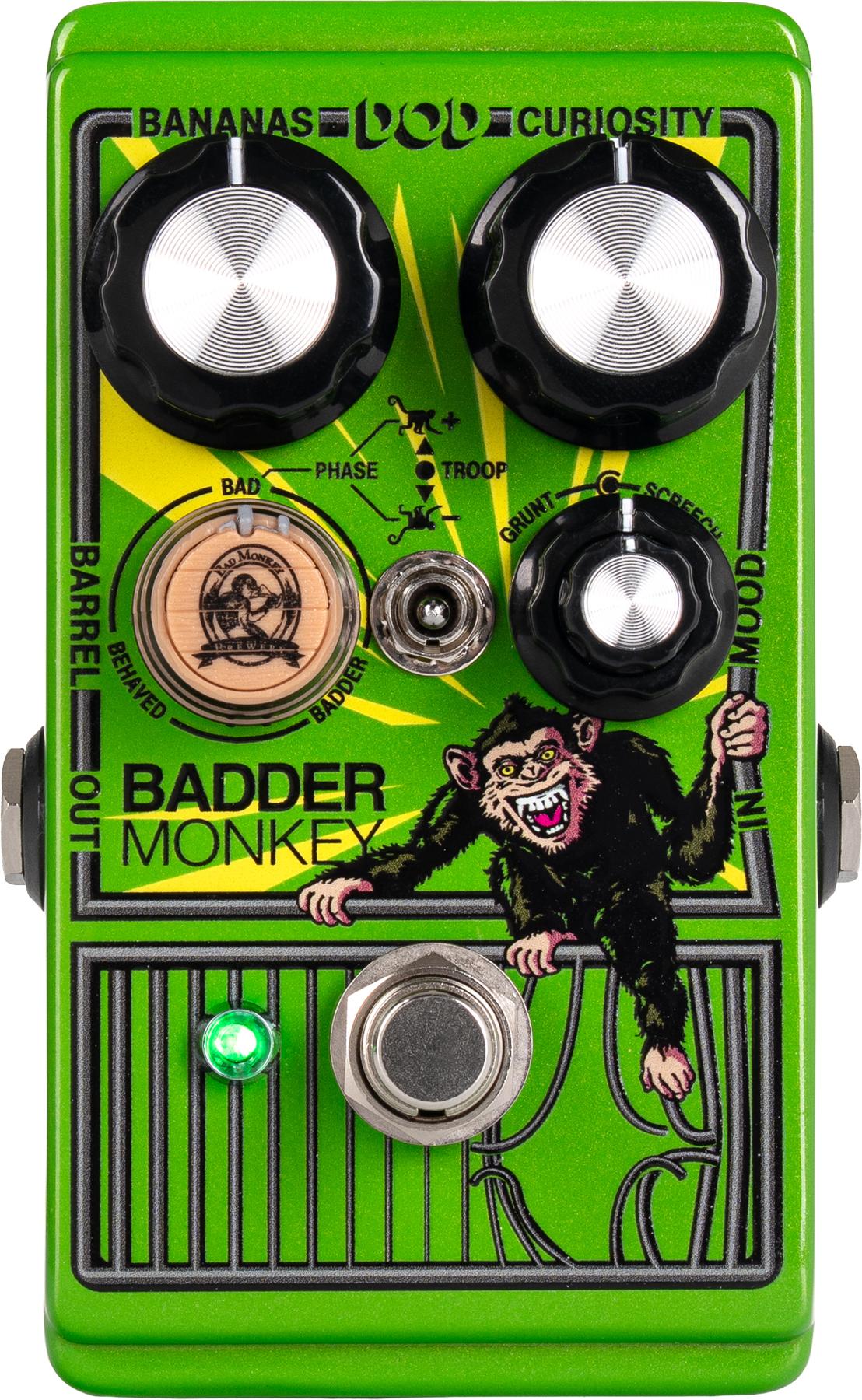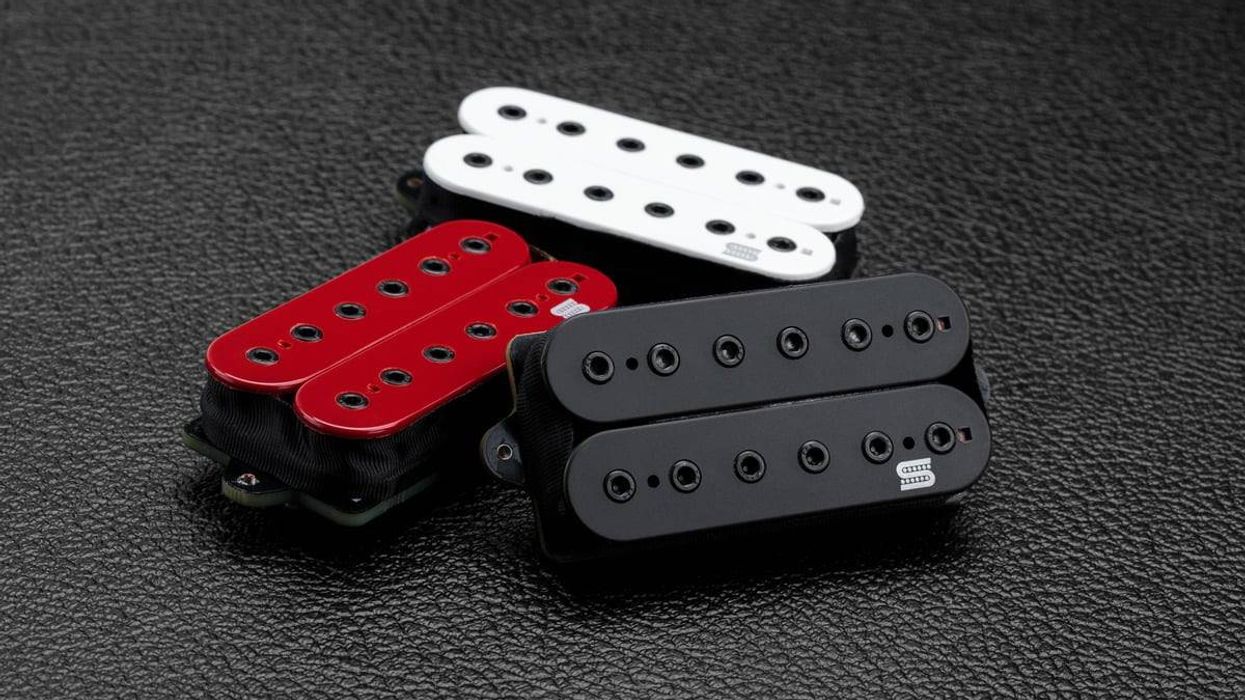 | |
|
I happen to love using a ribbon mic on my guitar cabinet for natural and balanced tones. The biggest reason I prefer ribbons on my amp is when I dial in a killer tone, I can trust that it will shine through on the recording. This is due to the fact that ribbons are relatively flat in their response compared to other types of microphones. I’m not saying that condenser and dynamic microphones don’t have their place when mic’ing guitar cabinets – a well-placed AKG C 414 can produce a great-sounding recording! But if you want to capture your sound without adding much tonal color from the microphone, a ribbon is a fine way to go.
Why is this so? Many users feel that ribbons respond like our ears – and if you’ve used a ribbon in the studio, you know that’s an accurate description. Every microphone, from a Shure SM57 to a Neumann U87, has its own EQ curve. If we looked at a graph of the EQ of a ribbon microphone versus a condenser, we would see the ribbon is more neutral. Because you start with basically a neutral mic tonality, if you decide to add a bit of high-end to the recording, it still sounds natural without becoming harsh.
In the past, many believed ribbon mics were too fragile to handle the high decibel levels of rock music. On the contrary! Eddy Kramer, known for his work engineering Jimi Hendrix records, used a ribbon on Jimi’s cabinet in the studio. Can you imagine the decibel levels coming from that amp room when Jimi was laying down “Third Stone from the Sun” or “Voodoo Child?” Staggering, one would presume!
Still, ribbon mics gained a bad reputation because the delicate ribbon element could be damaged by just blowing on it! In fact, broadcasters of the thirties and forties sometimes blew into old RCA mics in an attempt to stretch the ribbon element to achieve better low-end on their voices. Needless to say, the ribbon would need repair, which wasn’t cheap. So after World War II, when recording engineers were able to get their hands on sturdy Neumann and Telefunken mics from Germany, it seemed to make sense to use those more durable models in the broadcast and recording industries. Ribbon mics were consigned to the back of the microphone closets of many studios. They became hard to find, and the people that knew how to repair, build, or even use them became even more rare.
Toward the end of the twentieth century, David Royer, a brilliant audio designer of rare and respected custom condenser mics and preamps, developed the Royer Labs R121 ribbon mic, which laid the groundwork for the future of ribbons. Engineers and musicians began to use these mics to make recordings and the R121 became a secret weapon for many engineers. Around the same time, Wes Dooley of AEA (Audio Engineering Associates) reintroduced the vintage ribbon mics from the past. Wes first created the R44C, which was based on the classic RCA 44 ribbon model. The R44C immediately grabbed the interest of the recording community, and has become a studio mainstay. AEA’s ribbon designs are more “traditional” and darker than Royer’s, with a lovely, full natural sound.
Recently there have been many ribbon mics introduced into the market at various price levels. Because of the honesty in tone these mics can yield, you’ll find many of today’s respected guitar players using them in the studio as well as onstage, either alone or combined with a dynamic mic (such as a Shure SM57 or a Sennheiser MD421) or a condenser.
If you’re interested in checking out audio examples of an AEA R84 and Royer R121 in action, go to myspace.com/joelgragg and listen to “Redemption Draws Nigh.” I used the R121 on the lead with a Telecaster through Jensen-voiced Fender Blues Junior amp. An AEA R84 was used on the rhythm guitar, which was an old Harmony hollowbody through a 5-watt Silvertone amp. This should help give you an idea of how ribbons capture tone and texture.
If you haven’t used a ribbon microphone to record your amp, try one out!
Joel Gragg
Joel Gragg is a Sweetwater Sales Engineer who has experience as a singer/songwriter, engineer/producer, and guitarist in the Nashville music scene. He can be reached at 1-800-222-4700 or at joel_gragg@sweetwater.com.
















![Rig Rundown: Russian Circles’ Mike Sullivan [2025]](https://www.premierguitar.com/media-library/youtube.jpg?id=62303631&width=1245&height=700&quality=70&coordinates=0%2C0%2C0%2C0)









